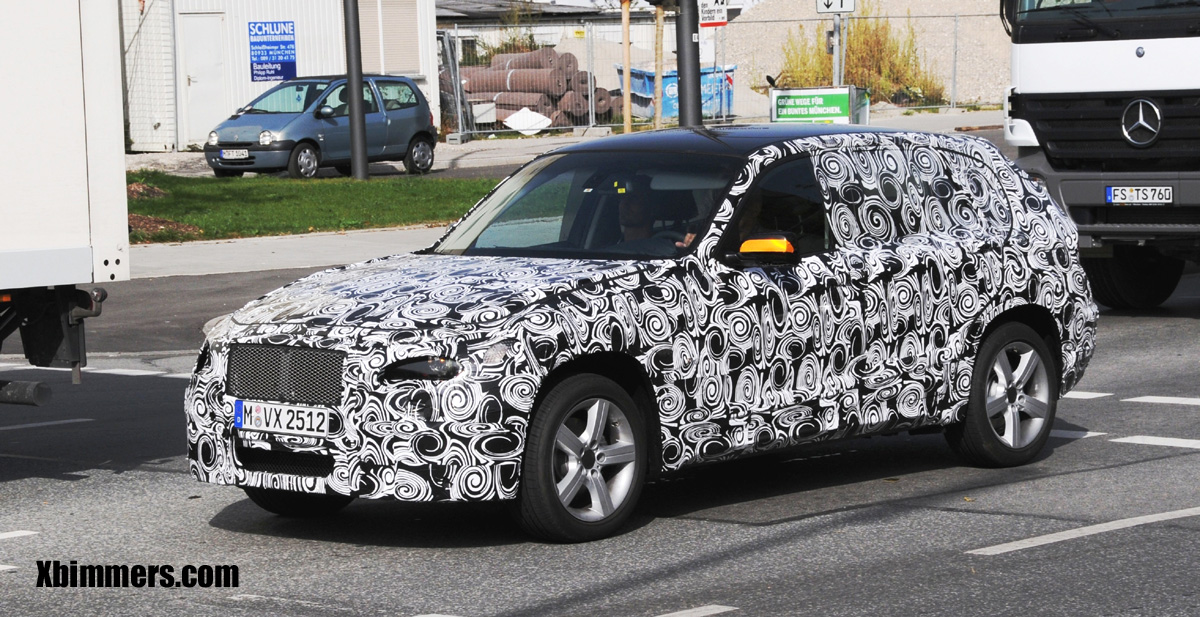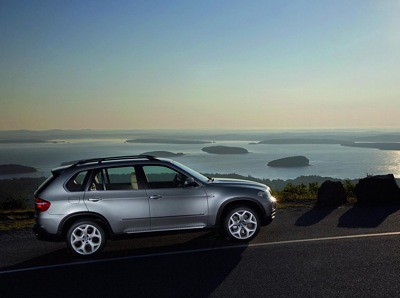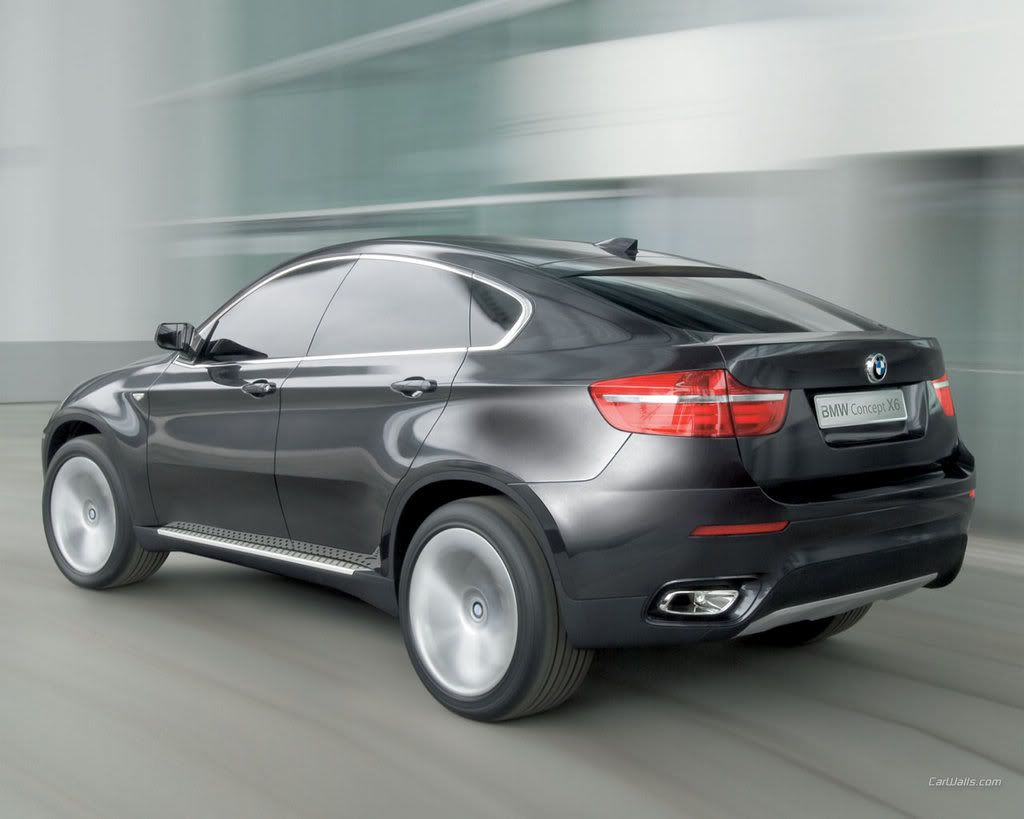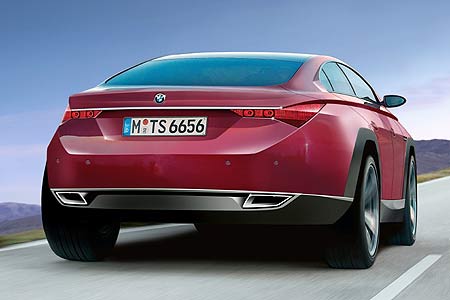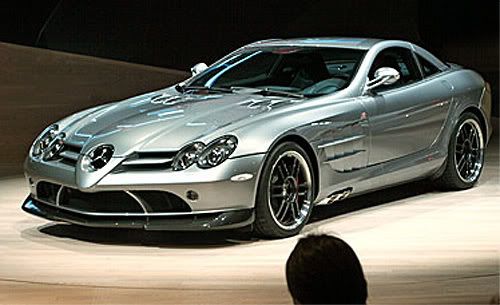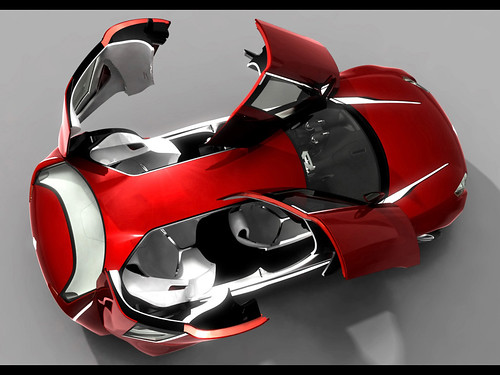bmw x5 review
The BMW X5 is a luxury crossover SUV introduced in 1999. It was BMW's first SUV (Sport Utility Vehicle) also known as "Four-by-Four" (4x4) in the UK. It features all-wheel drive and is available with either manual or automatic transmission (the manual transmission option was dropped from the 2006 model year onwards). A range of gasoline inline-6s, V8s and diesel engines are offered.
BMW describes the X5 as a Sport Activity Vehicle (SAV) rather than an SUV, to emphasize its on-road ability despite its size. Like the Lexus RX 300 and Mercedes M-Class, the X5 heralded the shift from truck-based body-on-frame SUVs to sedan-based crossovers that would come to fruition in the late 2000s.
Until 2009, all X5s were manufactured in Spartanburg, South Carolina. Since July 2009, they are also assembled in Kaliningrad, Russia by Avtotor.
In 2003, BMW launched the smaller X3, which uses the "X" prefix for the 4 wheel drive system or BMW "X" drive system and the BMW SAVs which were derivatives of the BMW number-series models.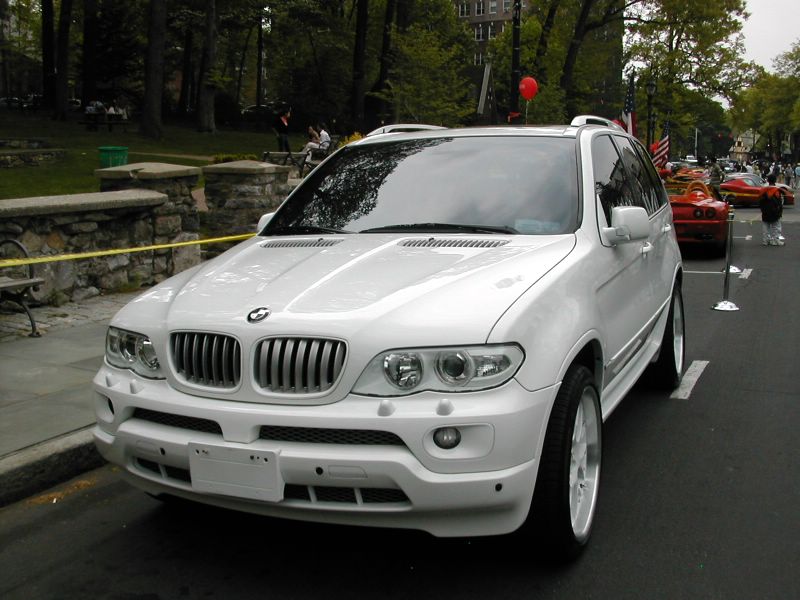
BMW describes the X5 as a Sport Activity Vehicle (SAV) rather than an SUV, to emphasize its on-road ability despite its size. Like the Lexus RX 300 and Mercedes M-Class, the X5 heralded the shift from truck-based body-on-frame SUVs to sedan-based crossovers that would come to fruition in the late 2000s.
Until 2009, all X5s were manufactured in Spartanburg, South Carolina. Since July 2009, they are also assembled in Kaliningrad, Russia by Avtotor.
In 2003, BMW launched the smaller X3, which uses the "X" prefix for the 4 wheel drive system or BMW "X" drive system and the BMW SAVs which were derivatives of the BMW number-series models.
bmw x5

2012 Ampera Opel Electric Concept Car
2012 Ampera Opel Electric Concept Car
The Opel Ampera electric car promises 500km (~300 miles) reach. For trips up to 60 km, the five-door, four-seat hatchback runs on electricity stored in the 16 kWh, lithium-ion battery, and emits zero CO2. When the battery’s energy is depleted, electricity from an on-board engine-generator extends the Ampera’s range to more than 500 km The Ampera looks cooler than the Chevy Volt, but then again the Volt looked also amazing as a concept and was then toned down quite a bit.
The five-door, four-seat Ampera uses a design language which incorporates several styling cues from the Flextreme and GTC Concept show cars.
The Ampera’s wheels are turned electrically at all times and speeds. The Ampera can be plugged into any household 230v outlet for charging. GM Europe is analyzing the requirements of a recharging infrastructure for plug-in electric cars with energy companies, including Iberdrola of Spain.
GM plans to put the Ampera into production in late 2011, offering it also with right-hand drive in the UK by Opel’s sister-brand, Vauxhall.
The revolutionary Opel Ampera will be the first emission-free, electrically driven automobile in Europe suitable for everyday driving.
"Driving electrically is not only about ecology," said global vehicle line executive and chief engineer, Frank Weber. "Driving electrically is also great fun. Instantaneous, silent torque of 370 Newton meters under your right foot feels like flying!"
The Ampera’s exterior design takes up cues from the Opel Flextreme and GTC Concept show cars. For example, it features dramatic, boomerang-like headlights that seamlessly integrate with the lower fog lights.
Opel Ampera ConceptThe car has a dynamic, almost aggressive low stance seen most prominently in the front and tail. The new, bold Opel logo emblazes the front grill and the chrome bar across the back.
Vertical slots in the outboard edges of the rear bumper not only give the car a low sporty look but also play a key role in creating a clean separation feature for the air, supporting the highly efficient aerodynamic performance.
GM engineers and designers worked together to optimize the air flow around the front fascia and outside mirrors of the Ampera. Significant attention was also given to the rear with a specifically designed spoiler and clean separation features.
2012 Ampera Opel Electric Concept Car
Lightweight materials were added in the form of clear polycarbonate covers to the front grille and disk inserts on the 17-inch, five-spoke sport alloy wheels. These helped to reduce aerodynamic drag in critical airflow areas.
The interior features a Jet Black interior combined with Spice Red accents and Dark Argent Metallic paint on the instrument panel’s center stack for a sporty look. The doors’ décor picks up on the car’s electric nature through the use of iconic themes.
With an integrated shifter, two information displays and touch-sensitive infotainment center, the Ampera delivers an all-electrical user experience. The storage capacity is 301 liters.
“On the Ampera we’ve continued to challenge the norm and have searched for new and exciting color and material combinations. To support the car’s innovative character we’ve worked with experimental trims and paints that you will see more of in future Opel models” said John Puskar, Director, Interior Design for GM Europe.
Opel estimates that an electrically driven kilometer in the Opel Ampera will cost about one-fifth compared to a conventional gasoline vehicle, at current fuel prices.
mercedes benz cars
Mercedes-Benz SLR McLaren specs
Top Speed: 207 mph / 334 km/h
0-60 mph: 3.6 seconds
0-100 mph: 7.6 seconds
0 - 1/4 Mile: 11.6 sec.
Engine: V8 5.5 liter 626 bhp @ 6500 rpm
A blast from the past and a taste of the future, this might just be a good description of the latest sports car that came out from a collaboration of Mercedes-Benz and McLaren, two big giants in the car manufacturing industry. We're talking about the 2004 Mercedes-Benz SLR McLaren. This sports car combines the old yet astounding SLR race cars of the 50s and the latest and meanest technology of high-performance supercars. With the power of race cars and the sleek, curves and designs of a luxury car, the combination from the two car manufacturers is hard to beat.
This supercar is definitely fast. SLR McLaren sports a 626-horsepower supercharged 5.5-liter V8. Also, it has a full carbon-fiber monocoque, features crash structures and body panels. And with the supercharge V8 engine, you can see the 2004 Mercedes-Benz SLR McLaren go from naught to 60 miles per hour in less than 3.6 seconds. Top speed has been measured to exceed 200 mph, a feat that can only be achieved by very few even among the high performance sports cars. It was the high-performance division of Mercedes-Benz which created the V8s. The AMG were the ones who hand-build the supercharged V8 engines with top notched precision and quality. It is not at a big surprise to see the supercharged 5.5 (5439 cc) liter dry sumped 90 degree V8 engine to produce around 466.8 kW at 6500 rpm (626 hp) and 780 N·m (575 ft·lbf) torque at 3250 - 5000 rpm. The numbers maybe daunting but the sound of the engine will appease the minds of those who long for the perfect high performance cars.
Mounting that V8 engine into the body of SLR exotic car is also not as traditional as one would like to expect. The engine in SLR sports car is placed in a front mid-engine position just behind the front wheels. Instead of using the traditional oil-pan, dry-sump lubricants are used. With this innovation, it is highly possible to mount the engine to a level that used to be unachievable. Because of the low position of the engine in the supercar's body, the results are more than one hoped. The new Mercedez-Benz SLR McLaren race car has better aerodynamics and better handling due to the lower center of gravity.
Not only does the mean features of the sports car that attracts attention but how the two car companies were able to fuse their own traditions and expertise into a single exotic car. For one, McLaren's expertise in Formula 1 has been imbibed wholly by the SLR's design. The composition of carbon fiber material that was used in the body of the new SLR sports car is so Formula 1. Because of this body, the Mercedes-Benz SLR McLaren has become more rigid and surprisingly strong.
But not to be outdone, counterpart Mercedes-Benz has also put a few tricks of its own. The German car maker added features that are deemed essential to the most important part of the vehicle: the passengers. Due to backgrounds in mostly luxury cars, Mercedes-Benz has ensured maximum occupant protection and safety. To my knowledge, the SLR is the only car so far that utilizes front crash structure made entirely of carbon fiber. The importance of this carbon fiber design can only be appreciated in actual crash test simulations. What the front carbon fiber crash structure does is it absorbs crash energy, four - five times more energy than ordinary steel structures actually, during a severe frontal collision. This protects the passengers during such accidents four times more than traditional steel structures found in other sports cars and supercars.
The SLR also has a five speed automatic transmission. There are modes, the Sport, Comfort and Manual which basically covers every known driving style. Sport is for everyday use, Comfort for bumpy or slippery roads, and Manual gives you control over the gears either through the touchpad or the levers on the steering wheel. When you use Manual, you open up three more modes, namely Sport, Supersport and Race. Speed increased significantly as you go up shifts.
Other notable features in this sports car include the high-performance technologies of ceramic brakes. The SLR uses ceramic reinforced with fiber on its brake pads. This technology allows this exotic car to have astonishing stopping power, and extraordinary high resistance to heat, exceptionally strong structure and long service life for the brakes.
With all these features it is not surprising that the Mercedes-Benz SLR McLaren is classified as a sports car and a supercar. Remember to get this right, though, the "SLR" does not stand for "Sportlich, Leicht, Rennsport" which is German for "Sport; Light; Racing" as most people think. Its real meaning is "super-leicht, Rennsport" which means "super-light, racing." The sports car is being sold with a base price of €443,066 £300,000 or $450,000.
More Mercedes Benz cars:
Top Speed: 207 mph / 334 km/h
0-60 mph: 3.6 seconds
0-100 mph: 7.6 seconds
0 - 1/4 Mile: 11.6 sec.
Engine: V8 5.5 liter 626 bhp @ 6500 rpm
A blast from the past and a taste of the future, this might just be a good description of the latest sports car that came out from a collaboration of Mercedes-Benz and McLaren, two big giants in the car manufacturing industry. We're talking about the 2004 Mercedes-Benz SLR McLaren. This sports car combines the old yet astounding SLR race cars of the 50s and the latest and meanest technology of high-performance supercars. With the power of race cars and the sleek, curves and designs of a luxury car, the combination from the two car manufacturers is hard to beat.
This supercar is definitely fast. SLR McLaren sports a 626-horsepower supercharged 5.5-liter V8. Also, it has a full carbon-fiber monocoque, features crash structures and body panels. And with the supercharge V8 engine, you can see the 2004 Mercedes-Benz SLR McLaren go from naught to 60 miles per hour in less than 3.6 seconds. Top speed has been measured to exceed 200 mph, a feat that can only be achieved by very few even among the high performance sports cars. It was the high-performance division of Mercedes-Benz which created the V8s. The AMG were the ones who hand-build the supercharged V8 engines with top notched precision and quality. It is not at a big surprise to see the supercharged 5.5 (5439 cc) liter dry sumped 90 degree V8 engine to produce around 466.8 kW at 6500 rpm (626 hp) and 780 N·m (575 ft·lbf) torque at 3250 - 5000 rpm. The numbers maybe daunting but the sound of the engine will appease the minds of those who long for the perfect high performance cars.
Mounting that V8 engine into the body of SLR exotic car is also not as traditional as one would like to expect. The engine in SLR sports car is placed in a front mid-engine position just behind the front wheels. Instead of using the traditional oil-pan, dry-sump lubricants are used. With this innovation, it is highly possible to mount the engine to a level that used to be unachievable. Because of the low position of the engine in the supercar's body, the results are more than one hoped. The new Mercedez-Benz SLR McLaren race car has better aerodynamics and better handling due to the lower center of gravity.
Not only does the mean features of the sports car that attracts attention but how the two car companies were able to fuse their own traditions and expertise into a single exotic car. For one, McLaren's expertise in Formula 1 has been imbibed wholly by the SLR's design. The composition of carbon fiber material that was used in the body of the new SLR sports car is so Formula 1. Because of this body, the Mercedes-Benz SLR McLaren has become more rigid and surprisingly strong.
But not to be outdone, counterpart Mercedes-Benz has also put a few tricks of its own. The German car maker added features that are deemed essential to the most important part of the vehicle: the passengers. Due to backgrounds in mostly luxury cars, Mercedes-Benz has ensured maximum occupant protection and safety. To my knowledge, the SLR is the only car so far that utilizes front crash structure made entirely of carbon fiber. The importance of this carbon fiber design can only be appreciated in actual crash test simulations. What the front carbon fiber crash structure does is it absorbs crash energy, four - five times more energy than ordinary steel structures actually, during a severe frontal collision. This protects the passengers during such accidents four times more than traditional steel structures found in other sports cars and supercars.
The SLR also has a five speed automatic transmission. There are modes, the Sport, Comfort and Manual which basically covers every known driving style. Sport is for everyday use, Comfort for bumpy or slippery roads, and Manual gives you control over the gears either through the touchpad or the levers on the steering wheel. When you use Manual, you open up three more modes, namely Sport, Supersport and Race. Speed increased significantly as you go up shifts.
Other notable features in this sports car include the high-performance technologies of ceramic brakes. The SLR uses ceramic reinforced with fiber on its brake pads. This technology allows this exotic car to have astonishing stopping power, and extraordinary high resistance to heat, exceptionally strong structure and long service life for the brakes.
With all these features it is not surprising that the Mercedes-Benz SLR McLaren is classified as a sports car and a supercar. Remember to get this right, though, the "SLR" does not stand for "Sportlich, Leicht, Rennsport" which is German for "Sport; Light; Racing" as most people think. Its real meaning is "super-leicht, Rennsport" which means "super-light, racing." The sports car is being sold with a base price of €443,066 £300,000 or $450,000.
More Mercedes Benz cars:
Its Just Good To See Cool Cars
Cool cars does not mean that they are cool in temperature. In fact when someone calls a car as cool, they might mean its looking good or its performance is good or its design is good or something in the sense. The following are some vehicles which might feature in the list of this cool cars.
Subscribe to:
Comments (Atom)


